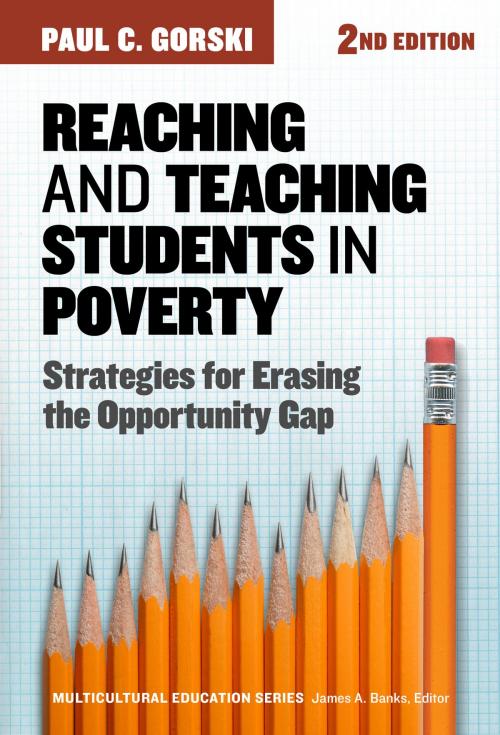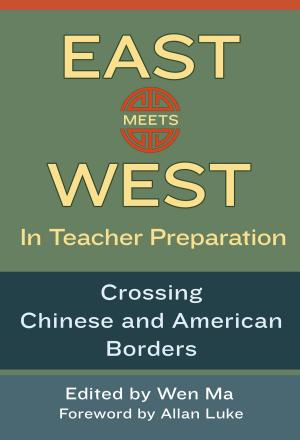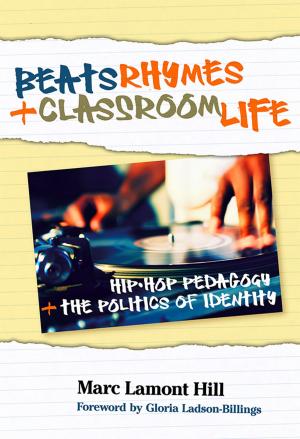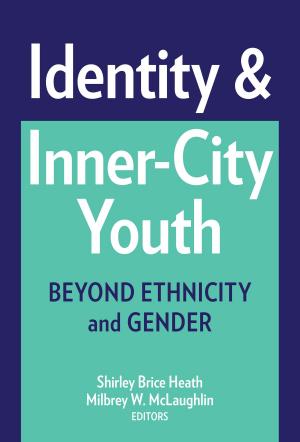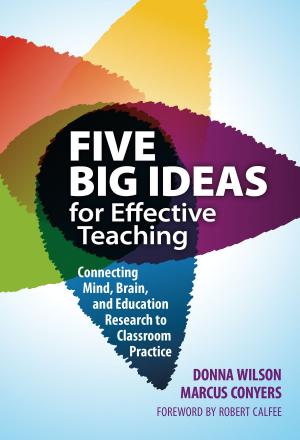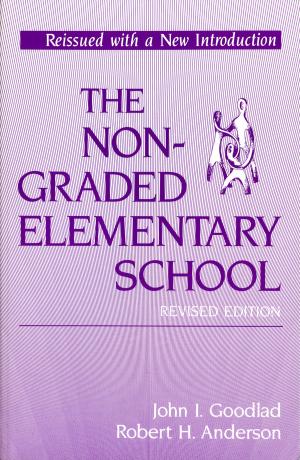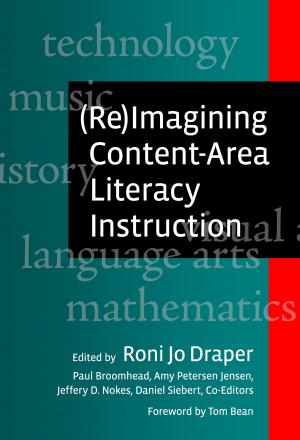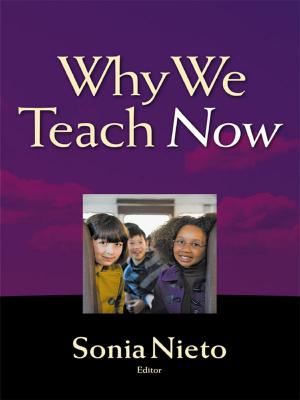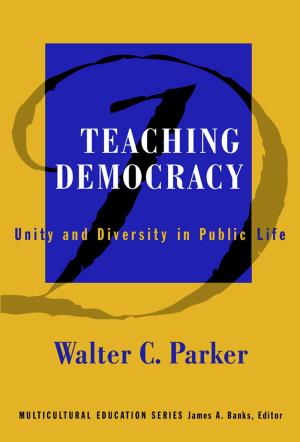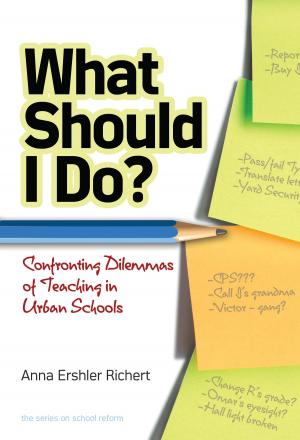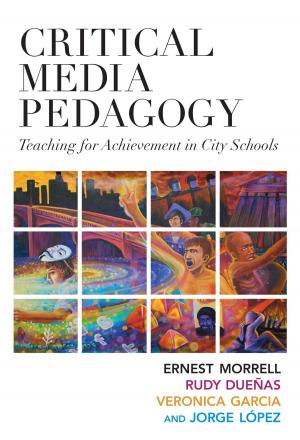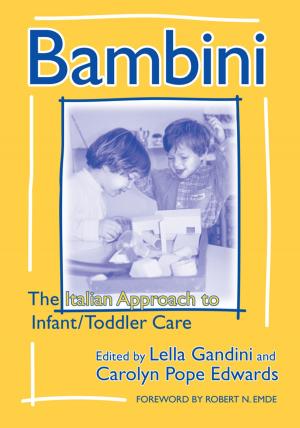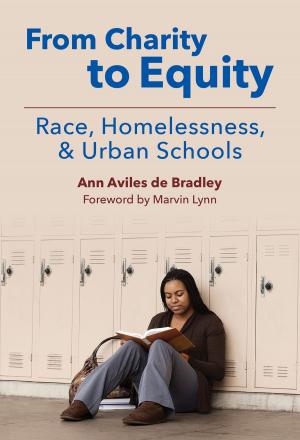Reaching and Teaching Students in Poverty
Strategies for Erasing the Opportunity Gap
Nonfiction, Reference & Language, Education & Teaching, Student & Student Life, Teaching, Teaching Methods, Social & Cultural Studies, Social Science, Sociology| Author: | Paul C. Gorski | ISBN: | 9780807776728 |
| Publisher: | Teachers College Press | Publication: | December 15, 2009 |
| Imprint: | Language: | English |
| Author: | Paul C. Gorski |
| ISBN: | 9780807776728 |
| Publisher: | Teachers College Press |
| Publication: | December 15, 2009 |
| Imprint: | |
| Language: | English |
This influential book describes the knowledge and skills educators need to recognize and combat the bias and inequity that undermine educational engagement for students experiencing poverty. This edition features revisions based on new research and lessons from the author’s professional development work, including the dangers of “grit” and deficit perspectives.
“A must-read for educators in schools of all kinds. This accessible, highly relevant book empowers teachers with tools they can use today. Read it, talk about it with your friends and colleagues, and use it as a guide for your next project in educational activism! Our students’ school experiences will surely be better for it.”
—Rethinking Schools
“Provides a good overview of the topic, delivers clear, well-researched information, and helps all educators expand their knowledge of poverty and social class.”
—Choice
“Gorski provides practical strategies for teachers, administrators, and school staff that will help immediately improve schools, particularly for the most marginalized students.”
—Cheryl Robinson, cultural competency coordinator, Alexandria City Public Schools, Virginia
This influential book describes the knowledge and skills educators need to recognize and combat the bias and inequity that undermine educational engagement for students experiencing poverty. This edition features revisions based on new research and lessons from the author’s professional development work, including the dangers of “grit” and deficit perspectives.
“A must-read for educators in schools of all kinds. This accessible, highly relevant book empowers teachers with tools they can use today. Read it, talk about it with your friends and colleagues, and use it as a guide for your next project in educational activism! Our students’ school experiences will surely be better for it.”
—Rethinking Schools
“Provides a good overview of the topic, delivers clear, well-researched information, and helps all educators expand their knowledge of poverty and social class.”
—Choice
“Gorski provides practical strategies for teachers, administrators, and school staff that will help immediately improve schools, particularly for the most marginalized students.”
—Cheryl Robinson, cultural competency coordinator, Alexandria City Public Schools, Virginia
